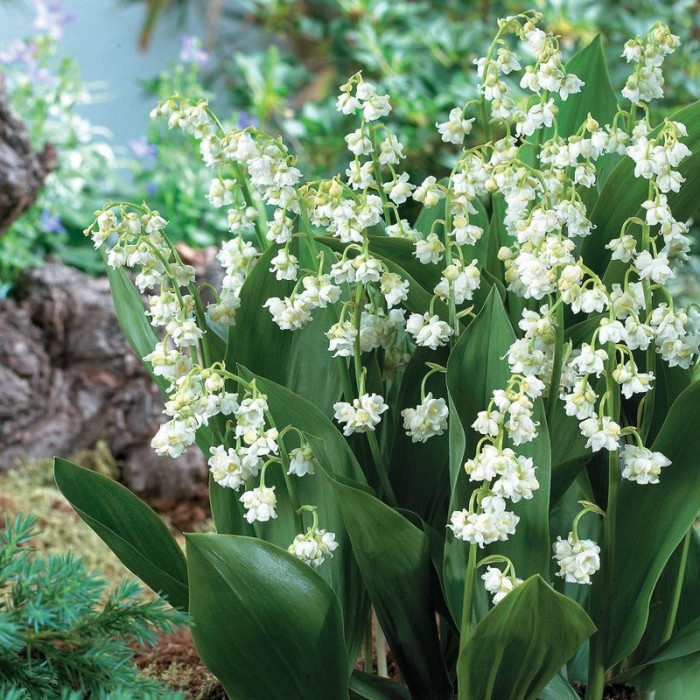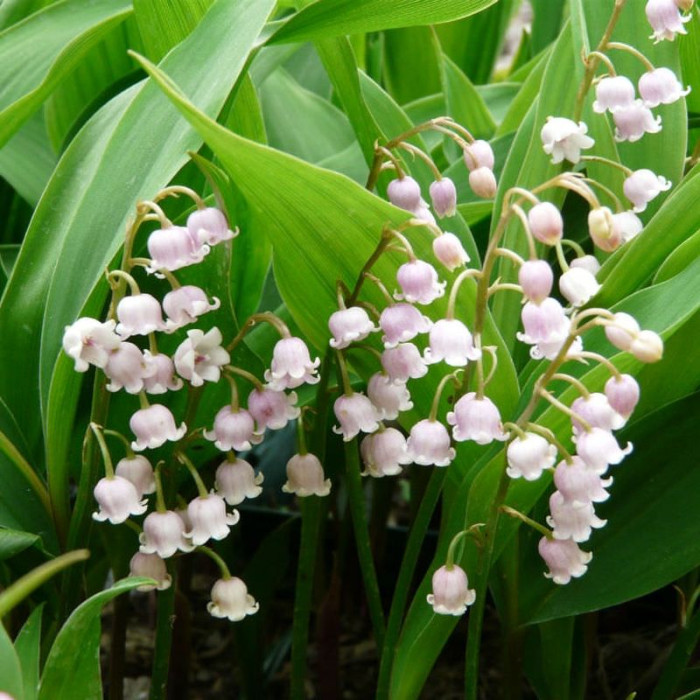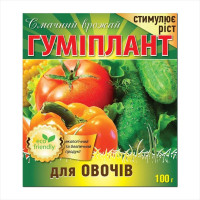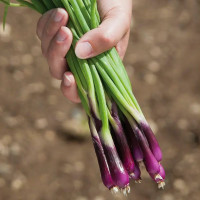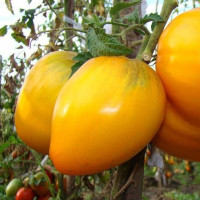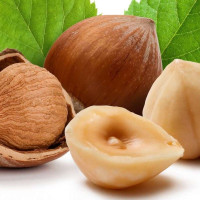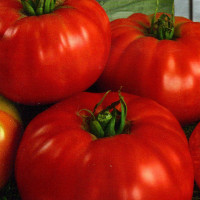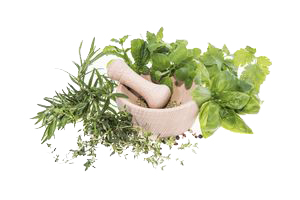May lily of the valley / Convallaria majalis - perennial herbaceous plant of the lily family (Liliaceae), up to 30 cm in height. The rhizome is thin, creeping, horizontal, with numerous small roots. The stem below is surrounded by light pink scales. The flowering stem (arrow) is leafless. Leaves (2-3) basal, large, oblong-elliptic, with arcuate veins, pointed, on long petioles, with wide membranous sheaths at the base. The flowers are snow-white, fragrant, collected in a one-sided, slightly drooping loose raceme.
The corolla is spherical-campanulate, six-toothed. The fruit is a fleshy, round, three-locular, orange-red berry, with light, round-ovoid seeds. It blooms in May - June, the fruits ripen in August - September. Flowering duration is 15-20 days. Reproduces mainly by vegetative means. A new shoot of the plant blooms after 2-3 years, after which there is a break in flowering for 2-3 years. The maximum age of rhizomes is 42 years.
Grows in coniferous and mixed forests, in shrubs, and in floodplains. The most extensive thickets are found in oak groves and in some pine forests. The plant is poisonous!
Cardiac glycosides isolated from lily of the valley are distinguished by high cardiotonic and biological activity, rapid development of action and weakly expressed cumulative properties. They also have a noticeable diuretic effect. Lily of the valley preparations increase heart contractions, but slow down their rhythm, increase urination, relieve pain, shortness of breath, cyanosis and swelling.
Lily of the valley glycosides are unstable and do not accumulate in the body. Lily of the valley preparations are used for cardiac neuroses, cardiosclerosis, heart defects and heart failure. They are often used in combination with valerian and hawthorn.
In folk medicine - as a sedative and diuretic; for heart disease, especially tachycardia, to regulate heart rhythm; for edema, thyroid diseases, epilepsy, fever, throat diseases; externally infusion (in the form of lotions) - for eye diseases, as well as for rheumatism. In England, water infusion is used as a means to strengthen the nervous system, prevent infectious diseases, and for headaches. Lily of the valley herb is included in the pharmacopoeias of 13 countries.
The powder from the flowers is sniffed for a runny nose. In Germany, wine infusion is considered an effective remedy for paralysis. Flowers are also used for medicinal purposes in Finland, Switzerland and other countries.
To grow lily of the valley, choose shaded areas in an orchard or on a plantation of berry bushes with highly cultivated sod-podzolic or drained peat-bog soils that have a neutral or slightly alkaline reaction.
Lily of the valley seeds need to be stratified before planting - within 2 months. They are sown in rows and planted in holes to a depth of 2 centimeters. Sowing is carried out in such a way that the plant is no closer than 12-15 centimeters from the plant. If necessary, thinning is carried out in the rows. Lilies of the valley can grow in a permanent place for many years.

No questions about this product, be the first and ask your question.


